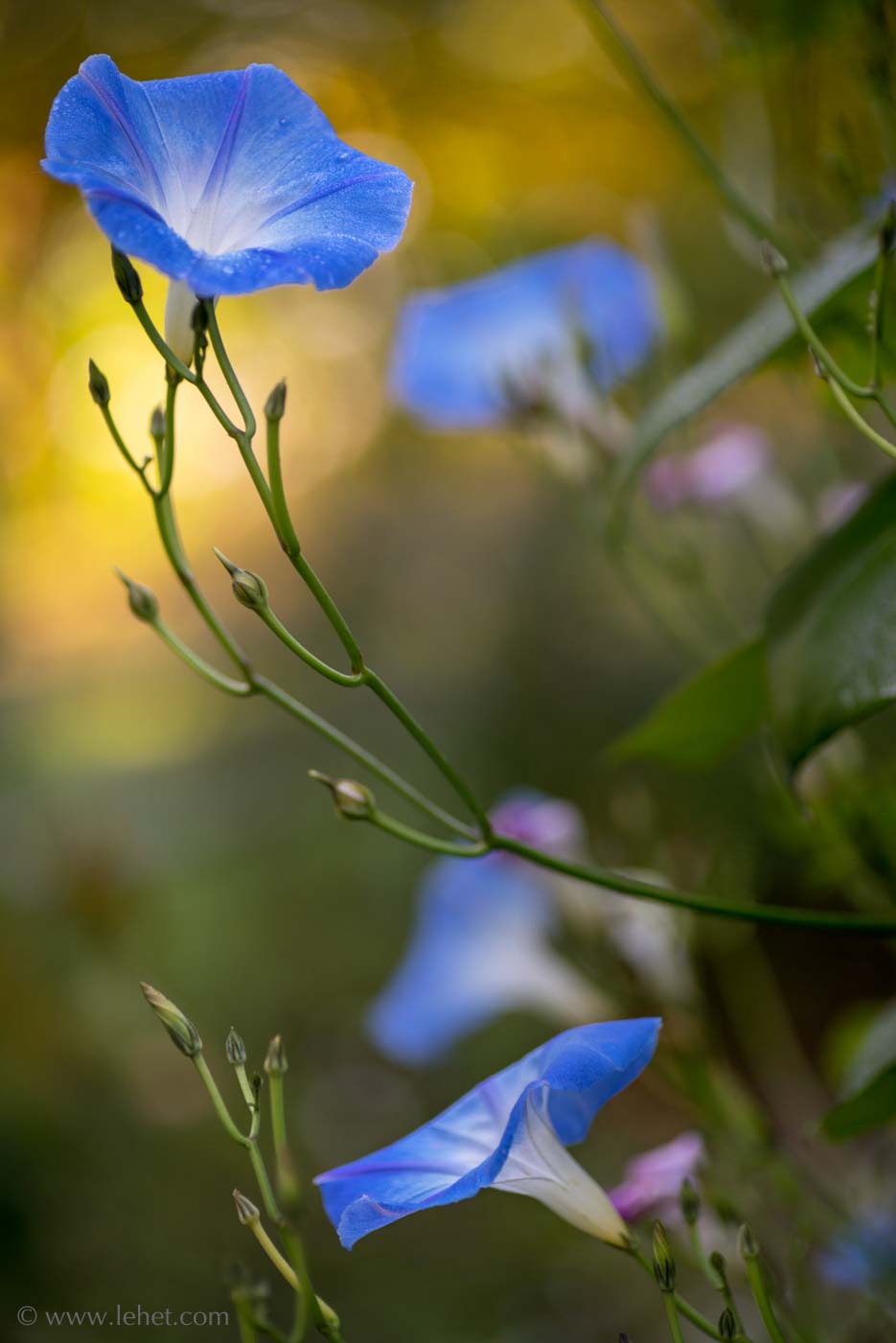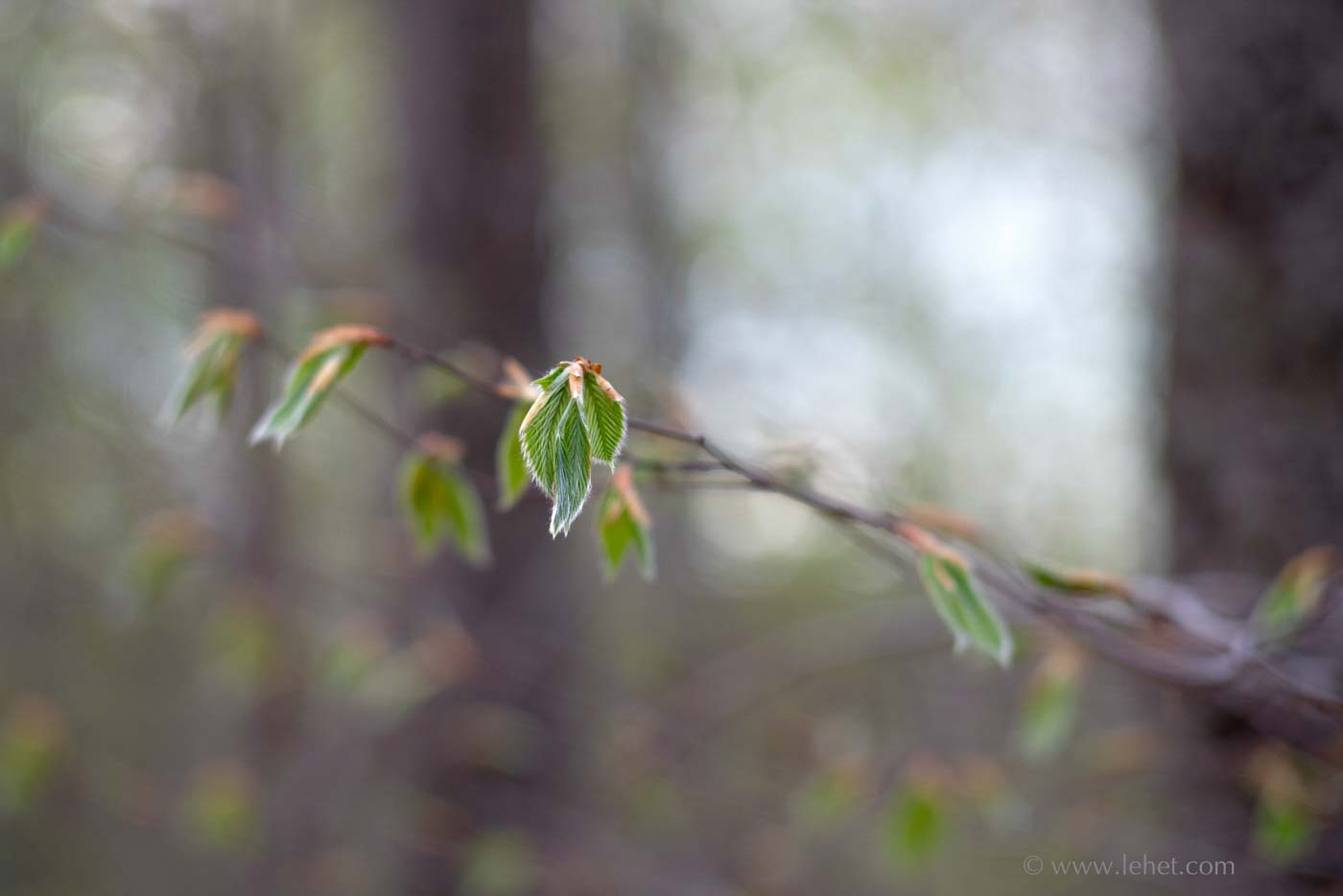I’ve been printing a lot just lately. As I mentioned last week, I had a request from my senator’s office to send some prints to hang in their Washington DC office. So I’ve been printing for Bernie Sanders. He wants Vermont images. I’ve printed some of my most popular images, things I’ve printed a lot before. It’s gone well. But then I’ve been trying to push out some new work, as I always feel inclined to do in these circumstances. This printing has been harder than hard. I think sometimes people think a photographer just presses the shutter on the camera, click, and then to print you push a button, click again. Done. So easy. Who would pay for that?
I won’t talk about the camera and lens work, but I find that in some ways printing never gets easier, with some images. Indeed, as my aspirations grow, it just gets harder. I think in some ways the hardest of all are the moody, atmospheric images I’m working on a lot these days, which in some cases only have a relatively small area of sharp subject, and the rest are tones and subtle colors. I think that a more traditional landscape — everything sharp — is a whole lot easier. The detail and the “reality” of the subject distract a lot from other aspects of what is going on with tones and colors. Of course such a print still benefits from the work to get the tones all working. It is just more critical when the photo is more of a tone poem than a detail-subject.
I had been printing in the darkroom since the late 70s, and I got to be quite the craftsman after I took a couple of weeks of workshop given by John Sexton in 1982. He was working as Ansel Adams’ darkroom assistant at that time, and he taught us the craft as Ansel Adams was practicing it. Besides a lot of burning and dodging, paper choice and a lot of tweaking of chemistry were involved, and it took a long time to nail a final print in those days. I printed in the darkroom until about ’98, when I moved away from a darkroom and never had one of my own again.
At first, digital printing was even harder for me than darkroom printing. At first everything was out of control, and I couldn’t get a handle on it. I longed for the darkroom. Eventually I learned the characteristics of a handful of papers, how the ink works, most importantly calibration of monitor and printer profile. Still not easy. Sometimes pretty predictable. Sometimes surprisingly not so. I’ve spent quite a bit of time and expensive materials, but now I have a really nice print of this morning glory in autumn light on Canson Etching Edition paper.
I’ve been working on printing of the image above since mid-December, and I’ve just got prints I’m happy with today, finally. I’ll send one to Bernie.
A print, by being reflective, is a different kind of thing than glowing pixels on a monitor. The image above features some light coming through, the gold burst from the autumn foliage behind the top morning glory. I’ve got to get the paper to convey that sense. The colors are bright and vivid, but it’s tricky to keep it from looking like a cartoon. In some of my attempts it has been hard to keep it from being murky. This is a tricky one.
My first take on working on an image where color and tonal fidelity will usually be to try Canson Baryta paper. This was a complete failure for some reason. It was just too contrasty, and I couldn’t get the feeling to come across, even when reducing contrast in the file I fed the printer. Printing on more textured mat papers, like Canson Edition Etching opened the whole thing up better, less deep and made the light glow, but then there were other problems — color fidelity not as good, and also not a good “anchor” from the deeper tones. I find on some of my textured papers, even with a calibrated workflows, some colors get a little wilder and harder to control.
I had to make a file just for printing, and then tweak the file to get the print to work, a different file from what I display on the screen to look good. The goal I insist on is that the print and the image you see on screen will have the same impression.
Because I’m a masochist, I’m working on another one that is just as hard. I’m still not quite happy with the print of this one, but I’m working on it this afternoon. My target is to get it to work on Canson Rag Photographique, a smooth paper that is still distinctly papery, and which still conveys the open quality I’m looking for. Closing in on it I think.


